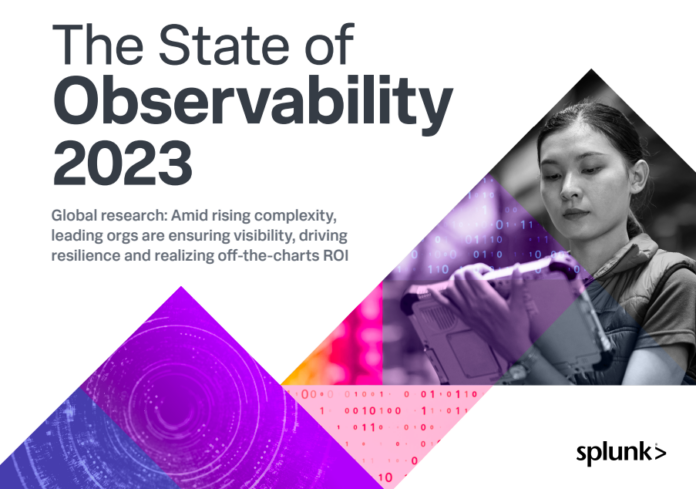Observability has matured beyond its early adopter position and is now foundational for modern enterprises to achieve full visibility into today’s complex technology environments, according to Splunk.
The cybersecurity company’s State of Observability 2023 finds that observability is instrumental in reducing outages, improving app reliability, growing revenue, strengthening customer experience and establishing digital resilience.
The global survey was conducted from early December 2022 to mid-January 2023 and in partnership with the Enterprise Strategy Group, which surveyed 1,750 IT operations, application development and engineering leaders from Australia, Canada, France, Germany, India, Japan, New Zealand, Singapore, the United Kingdom and the United States.
The report defines observability leaders as organisations with at least 24 months of experience with observability.
A key finding is how observability leaders are four times as likely to resolve instances of unplanned downtime in minutes, versus hours or days. This is notable as 76% of all respondents report that downtime can cost up to $500,000 per hour.
Singapore lags in adopting observability with 41% of respondents classified as beginners, respectively, while only 6% were leaders.
Singapore teams struggle with hiring as 57% report challenges related to both the quantity and quality of IT operations staff (versus 41% across other countries). On top of that, organisations are experiencing lower efficiency as more staff “quiet quit” (45% versus 31%).
Also, Singapore is aggressively adopting AIOps tools with 36% being in the process of deploying AIOps solutions (versus 24% globally).
“With the rising complexity of today’s technology environments and the direct connection between reducing disruptions and optimal customer experiences, observability is fundamental to the successful operations of modern businesses,” said Spiros Xanthos, SVP and the General Manager for the Observability business at Splunk.
“Observability enables businesses to keep their software and infrastructure reliable, systems secure and customers happy, making it a critical component to any organisation’s resilience strategy,” said Xanthos.
The study also found that that leaders experience 33% less outages per year than beginners. On average, beginners report six outages, while leaders experience two.
Due to observability, a little over 80% of organisations can find and fix problems faster. In addition, 81% can see into hybrid ecosystems.
Stronger assurance to meet reliability goals was observed, with 89% of leaders completely confident in their ability to meet availability and performance requirements for their applications, 3.9 times the rate of beginners.
Organisations report maintaining 165 business applications (on average), with about half in the public cloud and half on-premises. As the number of apps grows, observability will remain vital to unify visibility across environments.
AIOps capabilities included in an observability practice outperform legacy solutions, by automatically determining the technical root cause of an issue (according to 34% of respondents,) to predicting problems before they turn into customer-impacting incidents (31%), to better assessing the severity of an incident (30%).
Finally, 95% say their observability leaders are collaborating more with line-of-business leaders on resilience strategies, which includes investing in solutions that recover customer services faster and remediate incidents more efficiently.
















